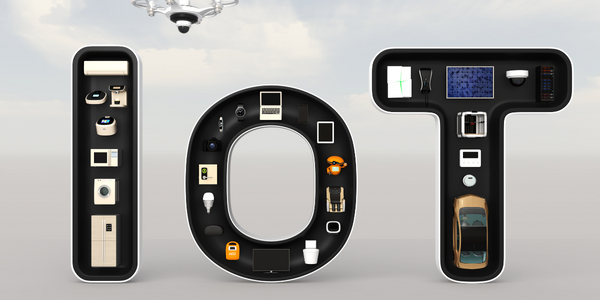
技术
- 网络与连接 - 以太网
- 网络与连接 - 路由器和网桥
适用行业
- 设备与机械
- 国家安全与国防
适用功能
- 设施管理
用例
- 施工管理
- 篡改检测
服务
- 云规划/设计/实施服务
- 硬件设计与工程服务
客户
数据网
关于客户
Datanet 20 年来一直为伦敦各地的企业提供数据托管和连接服务,专门从事备份和恢复。它由总经理 Conleth McCallan 创立,他认识到托管机架空间的需求,可以为客户提供更高的功率余量。它的许多客户本身就是专业的 IT 公司,他们选择 Datanet 的基础设施来提供自己的服务。 Datanet 是私有企业,其总部和经验丰富的员工在其位于英国 Fleet 的数据中心以及伦敦的另外两个数据中心设施中运营。
挑战
三个复合因素促使 Datanet 改变其数据中心网络,最终导致其离开其现有的网络设备供应商:
- Datanet 的网络设备即将报废,引发对其长期生存能力的担忧。由于 Datanet 的客户需要极其可靠且停机时间最短的服务,因此需要一个面向未来的高可用性网络。
- 随着 Datanet 的服务越来越成功以及备份和恢复服务量的增加,它还需要将其网络容量从 1 Gbps 升级到 10 Gbps,以跟上流量的步伐。升级其现有设备需要大量投资,几乎与完全更换设备相同,这促使 Datanet 寻找替代解决方案。
- Datanet 还经历了分布式拒绝服务 (DDoS) 攻击,其以前的供应商一直难以令人满意地应对。它热衷于在其新基础设施中部署全面的安全性作为基本设计功能,而不是附加组件
Datanet 决定是时候升级其网络了。
解决方案
Datanet 进行招标以寻找满足其需求的最佳解决方案。尽管使用了之前的供应商近 20 年,但 Datanet 从未觉得自己已经建立了密切的工作关系。其大客户之一是瞻博网络设备的用户,并强烈推荐瞻博网络技术用于 Datanet 解决方案。
运营影响
数量效益

Case Study missing?
Start adding your own!
Register with your work email and create a new case study profile for your business.
相关案例.

Case Study
Smart Water Filtration Systems
Before working with Ayla Networks, Ozner was already using cloud connectivity to identify and solve water-filtration system malfunctions as well as to monitor filter cartridges for replacements.But, in June 2015, Ozner executives talked with Ayla about how the company might further improve its water systems with IoT technology. They liked what they heard from Ayla, but the executives needed to be sure that Ayla’s Agile IoT Platform provided the security and reliability Ozner required.

Case Study
IoT enabled Fleet Management with MindSphere
In view of growing competition, Gämmerler had a strong need to remain competitive via process optimization, reliability and gentle handling of printed products, even at highest press speeds. In addition, a digitalization initiative also included developing a key differentiation via data-driven services offers.

Case Study
Predictive Maintenance for Industrial Chillers
For global leaders in the industrial chiller manufacturing, reliability of the entire production process is of the utmost importance. Chillers are refrigeration systems that produce ice water to provide cooling for a process or industrial application. One of those leaders sought a way to respond to asset performance issues, even before they occur. The intelligence to guarantee maximum reliability of cooling devices is embedded (pre-alarming). A pre-alarming phase means that the cooling device still works, but symptoms may appear, telling manufacturers that a failure is likely to occur in the near future. Chillers who are not internet connected at that moment, provide little insight in this pre-alarming phase.

Case Study
Premium Appliance Producer Innovates with Internet of Everything
Sub-Zero faced the largest product launch in the company’s history:It wanted to launch 60 new products as scheduled while simultaneously opening a new “greenfield” production facility, yet still adhering to stringent quality requirements and manage issues from new supply-chain partners. A the same time, it wanted to increase staff productivity time and collaboration while reducing travel and costs.

Case Study
Integration of PLC with IoT for Bosch Rexroth
The application arises from the need to monitor and anticipate the problems of one or more machines managed by a PLC. These problems, often resulting from the accumulation over time of small discrepancies, require, when they occur, ex post technical operations maintenance.

Case Study
Robot Saves Money and Time for US Custom Molding Company
Injection Technology (Itech) is a custom molder for a variety of clients that require precision plastic parts for such products as electric meter covers, dental appliance cases and spools. With 95 employees operating 23 molding machines in a 30,000 square foot plant, Itech wanted to reduce man hours and increase efficiency.



